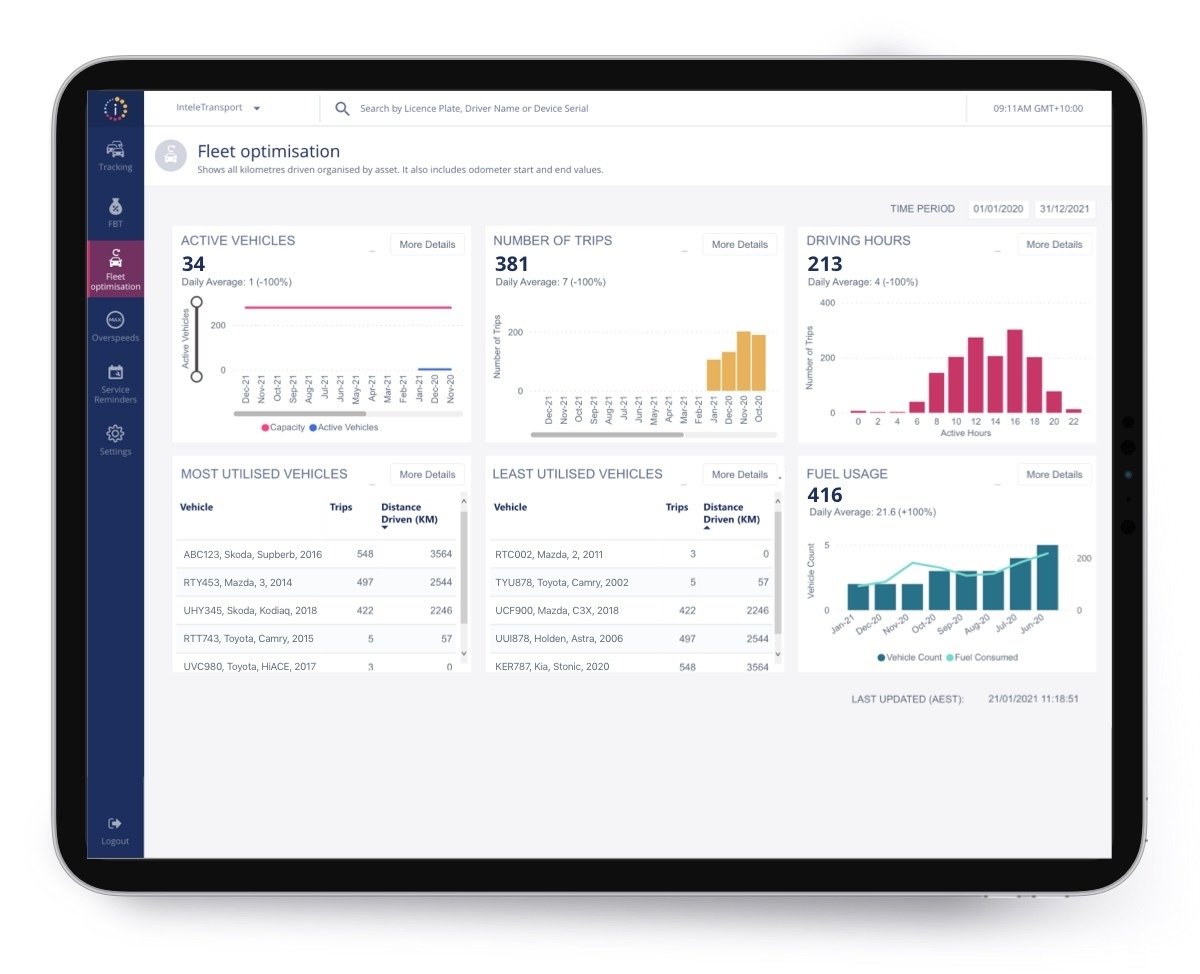The key challenge for fleet managers administering carpooling using an ad-hoc system is exactly that — the keys. Where are they if they’re not where they are supposed to be? In the pocket of the last driver? You can see where this is going. Missing keys are frustrating at best and can lead to a loss of business and even a crisis.
In today’s tech spoiled world, key management can be solved with automated vehicle booking software where bookings can be managed efficiently, and vehicles and keys can be tracked back to drivers who have booked the vehicle.
Solving the key problem is just one of the benefits of having carpool booking software in a fleet’s suite of tools. The old pen and paper system, the clipboard on the dashboard, and even the online diaries such as Outlook, may work well enough in a very small business where a couple of partners or salespeople share a vehicle, but they are no match for anything beyond that.
Here I will share the fleet managers’ common concerns regarding carpooling and tell you how purpose-built booking software can help.
At a recent AfMA webinar that I was lucky enough to present at, a survey of some 200 participants showed us exactly what they care about when it comes to running an organisation’s car-sharing system.
The audience was asked, What are your most significant carpooling challenges? What are your major pain points? Thanks to technology, we were able to watch a word collage develop as people responded.
After keys, we see infringement notices, vehicle availability and Fringe Benefits Tax (FBT) management ranking among top pains. Let’s go through them and the rest of the top 10 challenges, and look at how an automated booking system can help resolve these challenges.
1. Key management
A key drawer, a key peg at reception, and even a key lockbox all can present problems. An ideal solution would be a keyless entry system linked to an automated booking system, which sends the scheduled driver a code shortly before the booked time that will enable entry and the startup of the vehicle.
2. Infringements/fines
These are sent to the vehicle’s registered owner, and a company is liable whether it can identify the driver or not. Ideally, a company needs to know which drivers are repeat offenders so they can provide driver training and fine management. In the event that demerit points lead to license confiscation, administrators can stop individuals from driving company vehicles. Parking and speeding fines are simple enough to manage using an automated system with a clear record of the driver responsible for the vehicle and its location at any one time.
3. Vehicle availability
An automated booking system will only show vehicles that are still available at the time a driver wants to book it out. If your booked vehicle hasn’t been returned in time by the previous driver, then your booking should automatically get bumped to the nearest similar type of vehicle available. Any alternative system, like an exercise book for each vehicle, doesn’t solve this headache.
4. Fringe benefits tax (FBT) reporting
Varying tax rates apply if a vehicle is being used for private or business purposes. Using an automated system such as Intelematics Carpool booking software, drivers are set up with a mobile app to book their vehicles, including the ability to assign their work-related travel for FBT purposes. All trip information such as distance, time, location and date required by the ATO is gathered automatically by the system, hugely increasing data accuracy and reducing admin time.
5. Recurring bookings
Some people hog cars and can easily exploit any paper-based system, checking the car out and keeping the keys on their desk just in case they need it. An automated system can detect if a car has been moved or not and reassign vehicles into the available pool if it hasn’t been collected by the booked driver within, for example, 15-minutes after the start of the booked time slot.

6. Vehicle utilisation
Having an automated carpool booking system is one way for a fleet manager to get more bang for their buck, to optimise utilisation. As described above, a no-show is automatically identified, and a vehicle can be made immediately available for a new booking. Anecdotal evidence observes that no-shows account for as much as one-third of bookings within a fleet.
7. Right-sizing the fleet
You don’t need a window overlooking the office or workplace car park to gauge usage anymore. An automated booking system will identify utilisation rates for each vehicle and provide the Fleet Manager with accurate data to help right-size their fleet, appropriately distribute the vehicles across depots/branches/departments, and provide a mix of appropriate vehicles for each job based on usage.
8. Unreported vehicle damage and accidents
Often, it is difficult to identify the driver responsible for vehicle damages in the absence of an automated system. As is applicable for infringement notices, an automated booking system tracks who was driving the vehicle at the time of the incident, even it unreported by the driver. The booking system links to a broader telematics solution that provides impact and speeding alerts. Receiving impact notifications as part of the trip information ensures the assigned driver is immediately identifiable. This also makes it easy for the fleet manager to take necessary action if required.
9. Refuelling/recharging
A vehicle booking system that’s linked to a telematics solution can report fuel levels for ICE vehicles and ‘state of charge’ readings for EVs. It can also identify drivers not adhering to carpool general policies, such as: “Drivers need to ensure the vehicle is returned with at least 75 per cent fuel-charge.” Also, knowing the fuel levels and charge status for a vehicle will allow those booking the vehicle to choose their vehicles at the time of booking, based on the number of kilometres they can travel at the current levels, ensuring optimisation of vehicle usage and time.
10. Car cleanliness
For a carpool program to be a success, driver accountability is key. All workplace carpool guidelines state, “The vehicle needs to be returned in a clean state, i.e. no litter etc.” When using a paper-based system, it can be difficult to identify who left the takeaway food wrappers on the back seat. Using the automated assignment of drivers makes the driver easily identifiable. The driver will know this and will be more responsible in adhering to best practices.
As the world shifts towards a sharing economy and a fleet manager’s ever-running battle to do more with less continues, Intelematics are excited about the future of carpooling.
Carpool programs allow companies to optimise their assets, streamline their fleet operations, and contribute to an organisation’s environmental and sustainability goals.
Carpooling programs can seem like a challenge to set up, but implementing and managing your carpool strategy becomes easy with an automated carpool booking system. It minimises the associated risks and ensures best practices are followed, ensuring a superior experience for all stakeholders.
If you are considering introducing a carpool program into your organisation, consider investing in an automated system that is customised to suit your requirements. Get in touch to discuss a solution that suits your unique needs.
This article was originally written by Intelematics and has been republished with permission





















